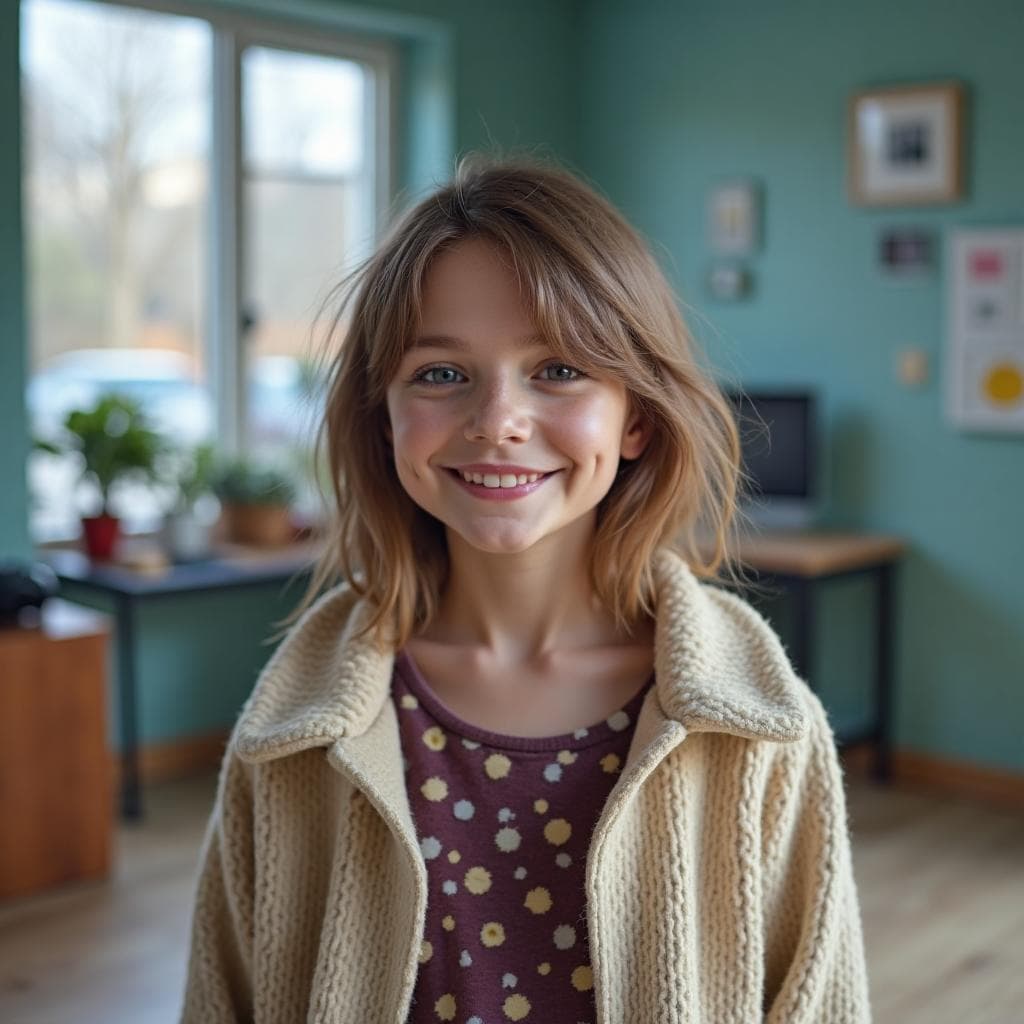AI Image-to-Video Guide: Transform Photos to Motion
VG.AI
AI Image

From Still to Motion: The Definitive Guide to Image-to-Video Generation
The world of digital content is undergoing a seismic shift. AI-powered image-to-video generation is at the forefront, transforming static pictures into dynamic, moving scenes. This technology is no longer science fiction; it's an accessible tool that's redefining creativity for artists, marketers, and storytellers alike, opening up new frontiers for visual expression and content creation.
The AI Magic Behind the Motion
At its core, image-to-video generation relies on sophisticated AI, primarily diffusion models. The process starts with a source image and, often, a text prompt describing the desired motion. The AI model, trained on vast datasets of videos, learns to predict subsequent frames. It achieves this through de-noising: it takes the initial image, adds digital 'noise,' and then systematically removes it to construct a coherent sequence.
A critical challenge is maintaining temporal consistency—ensuring that objects, lighting, and physics remain stable from one frame to the next. Advanced models incorporate temporal attention layers to look at previous frames while generating the next, creating smoother, more believable animations and reducing flickering or object distortion.
Real-World Applications and Creative Frontiers
The potential of animating static images extends far beyond simple novelty. This technology is becoming an indispensable tool across various industries, democratizing video production. Key applications include:
Marketing and E-commerce: Businesses can transform a single product photograph into a captivating social media ad or an engaging product demonstration without expensive video shoots.
Art and Storytelling: Digital artists can breathe life into their paintings, while documentarians can animate archival photos to create powerful, immersive narratives that connect with audiences on a new level.
Content Creation: Social media users can instantly create eye-catching video content, memes, or animated avatars from simple selfies, dramatically boosting engagement and personal expression.
Prototyping and Visualization: Designers and architects can use it to quickly visualize how a static concept for a user interface or a building might look and feel in motion, improving the design process.
Image-to-video generation is more than a trend; it is a fundamental evolution in how we interact with visual media. By leveraging complex AI, these tools break down the barriers to video production, making it faster and more accessible. As the technology improves in realism and control, its impact on entertainment, marketing, and personal expression will only continue to grow.